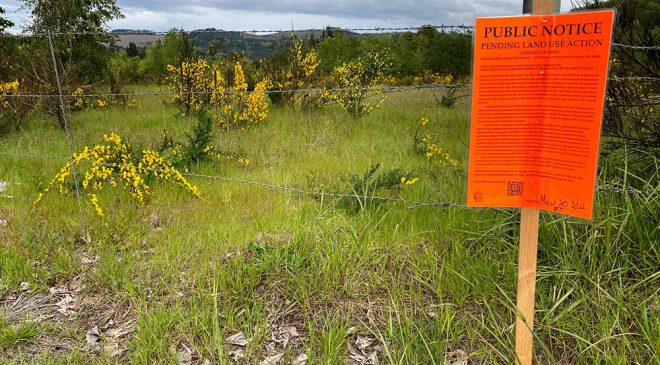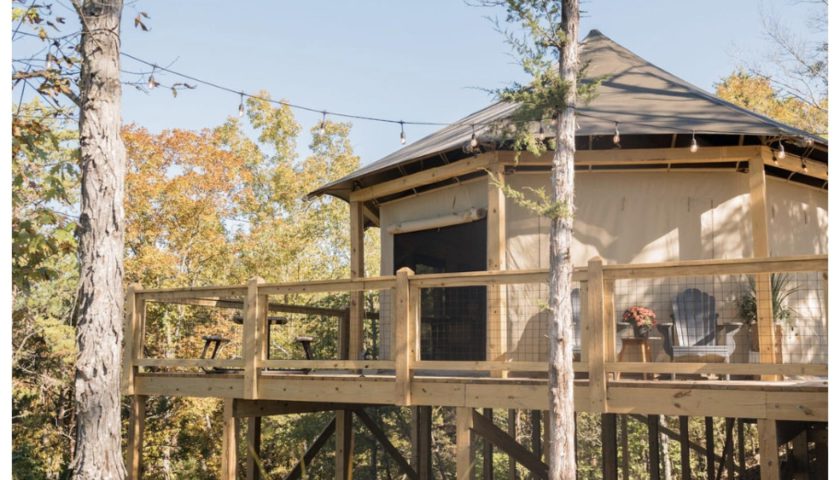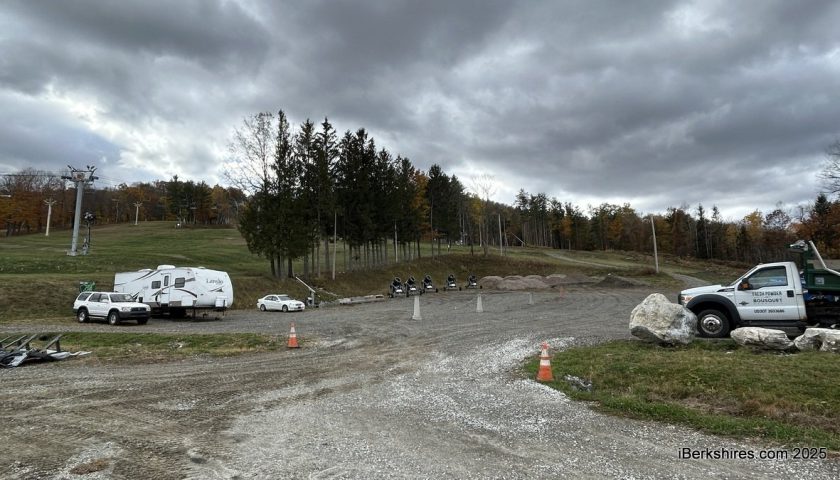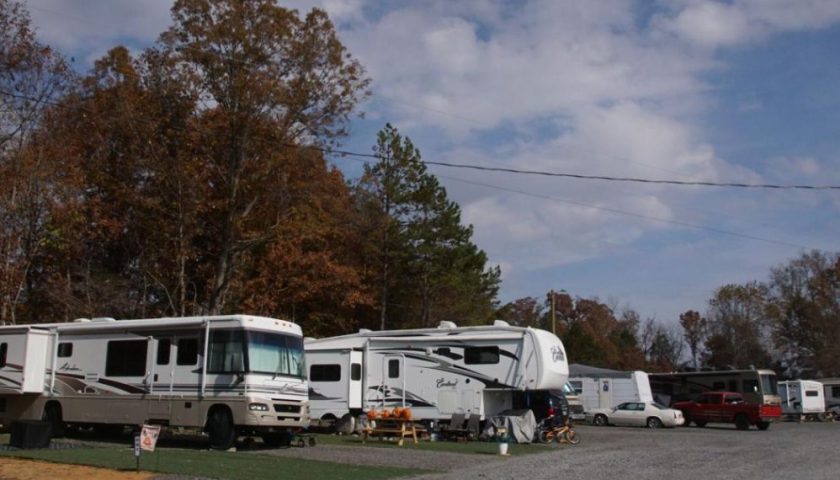A proposed RV park along the Cowlitz River is moving forward after a county official approved key permits despite public opposition to the project.
In early July, Cowlitz County Hearing Examiner Mark Scheibmeir OK’d the special use and shoreline permits and the campground and recreational facility preliminary site plan for the project, with conditions, following two public hearings the prior two months.
“After careful consideration, I conclude that the public’s reasons for opposition do not overcome the factual presentation made in support of the requested permits,” Scheibmeir wrote in his order granting the request.
Developer Stoneridge Homes is proposing to build a 184-space RV park on about 21 acres at 1280 West Side Highway. The park would include a rental office and services building, restrooms, guest parking and a playground area.

The site plan initially called for 201 RV spaces but was revised, reducing the number of slots and using that space to include courts, an off-leash dog area and a pool, according to project documents.
Early this year on behalf of the owner, Nick Little of Chilton Development Services applied for what’s called a Level II shorelines substantial development permit, a special-use permit and submitted a campground and recreational facilities preliminary site plan. County planning staff recommended the permits be approved with conditions.
At public hearings and in written comments, residents voiced concerns that the project is not compatible with the neighborhood and poses traffic and safety hazards. Neighbors also questioned if the proposed rules would be enforced.
During the first hearing on May 11, Scheibmeir reviewed the application and continued the hearing for 30 days, requesting the county determine if the state Department of Ecology would require a shoreline variance permit (a variance, if approved, is an exception to the rules), if the Washington State Department of Transportation would allow a second access to the site off West Side Highway, and that the developer submit a landscaping plan.
In an email to Daniel Turner, county senior community planner, an Ecology representative stated the agency wouldn’t require a shoreline variance permit for the project based on standards set in the county’s critical areas ordinance.
WSDOT informed the county it would allow a second access at the gravel lot on the south end of the site for emergency or official use only, according to an email from the agency included in a folder of project documents on the county’s website.
Lexington Flood Control Zone District had requested to keep its access at the location because having to go through the park during a flood might would be “detrimental,” Patrick Harbison, diking engineer, said during the May hearing.
While it is not similar in nature to the low-density residential neighborhood across the highway, it is not out of character with the broad mix of uses east of the highway.”
The access road would be gated and locked at all times, with no general public access allowed between the parking area and the RV resort, according to WSDOT’s email. The main entrance to the park off West Side Highway would line up with Early Bird Drive and include a left turn lane.
The developer provided a landscaping plan that would include fencing the perimeter, except along the dike, and providing a “full enclosure with dense cover” that will become “increasingly attractive as it matures and will be permanently maintained,” Little testified during the June 16 hearing.
During the second hearing, members of the public continued to voice concerns about traffic safety and rule enforcement and raised new concerns about signage.
In response to the comments, new conditions were added to the project, including limits on entrance signs and requiring “predominant” signage at the public parking area and proposed pathway to the levee that communicates the danger of swimming.
A condition to impose the proposed park rules — which require sites to be clean, RVs to be new or pass inspection, set quiet hours and other provisions — was added to the nearly 30 conditions.
Scheibmeir also added a condition limiting stays to 90 days per 12-month period, compared to a six-month maximum proposed by applicant.
In response to worries about the public not having enough time to review and comment on new information before the June 16 hearing, Scheibmeir extended the written comment period for an extra week.
On July 5, Scheibmeir issued his findings, analysis and order granting the permits. He agreed with staff findings that the project is sufficiently compatible with the area, “because it’s not unlike the type of permitted uses in the multifamily zone.”
“While it is not similar in nature to the low-density residential neighborhood across the highway, it is not out of character with the broad mix of uses east of the highway,” Scheibmeir wrote.
While neighbors’ concerns about traffic are understandable and legitimate, they failed to demonstrate the traffic study was done in violation or contained enough errors to require a new study, the order stated.
“Public opinion is decidedly against this project. It must certainly be surprising to some, then, that this overwhelming public opposition does not play a significant role in the outcome of this hearing,” Scheibmeir wrote. “By law the hearing examiner is not allowed to consider a project’s popularity.”
It’s unclear when construction will begin. Little said in an email Friday that some additional review with the U.S. Army Corps of Engineers and Lexington diking district is needed because of the closeness to the levee.



